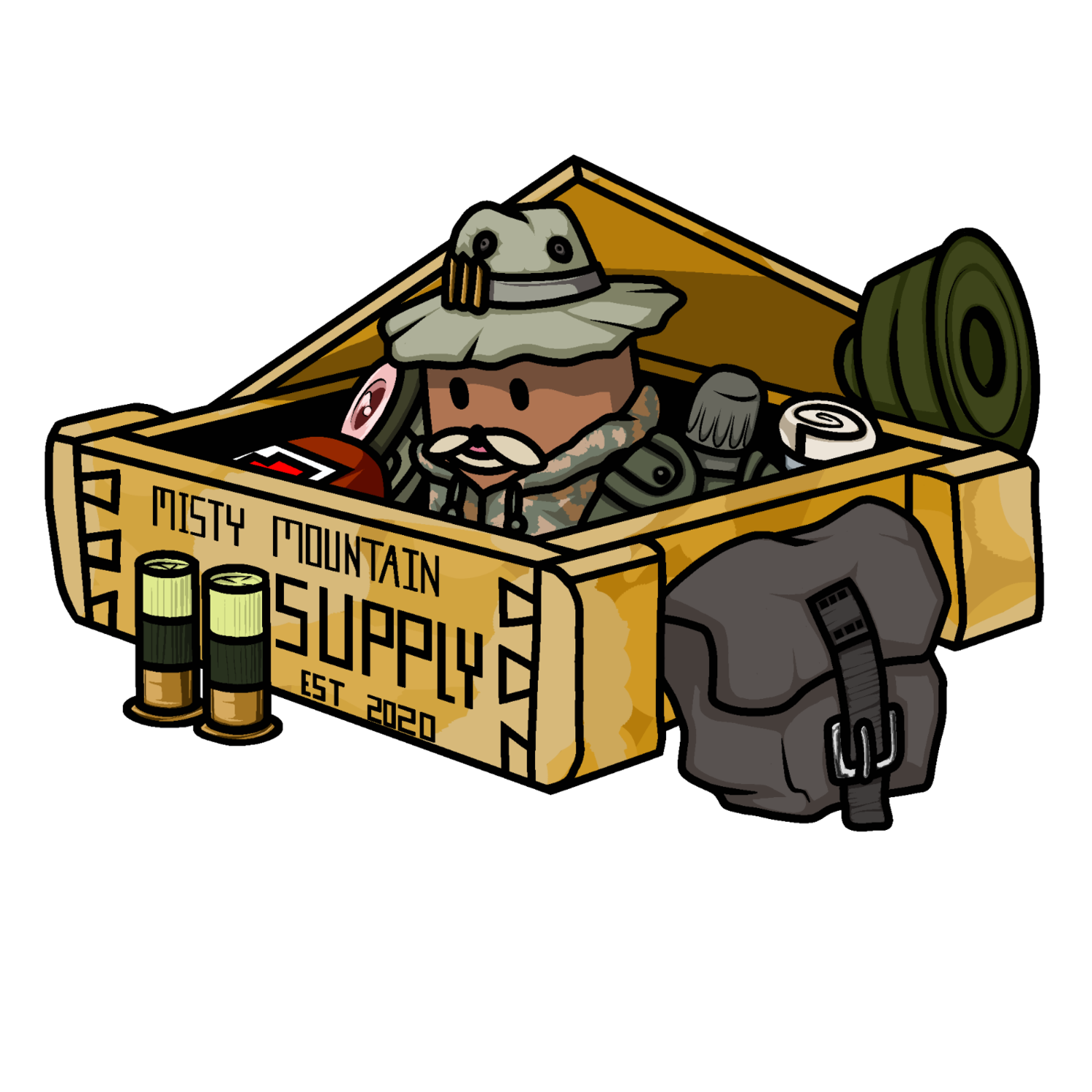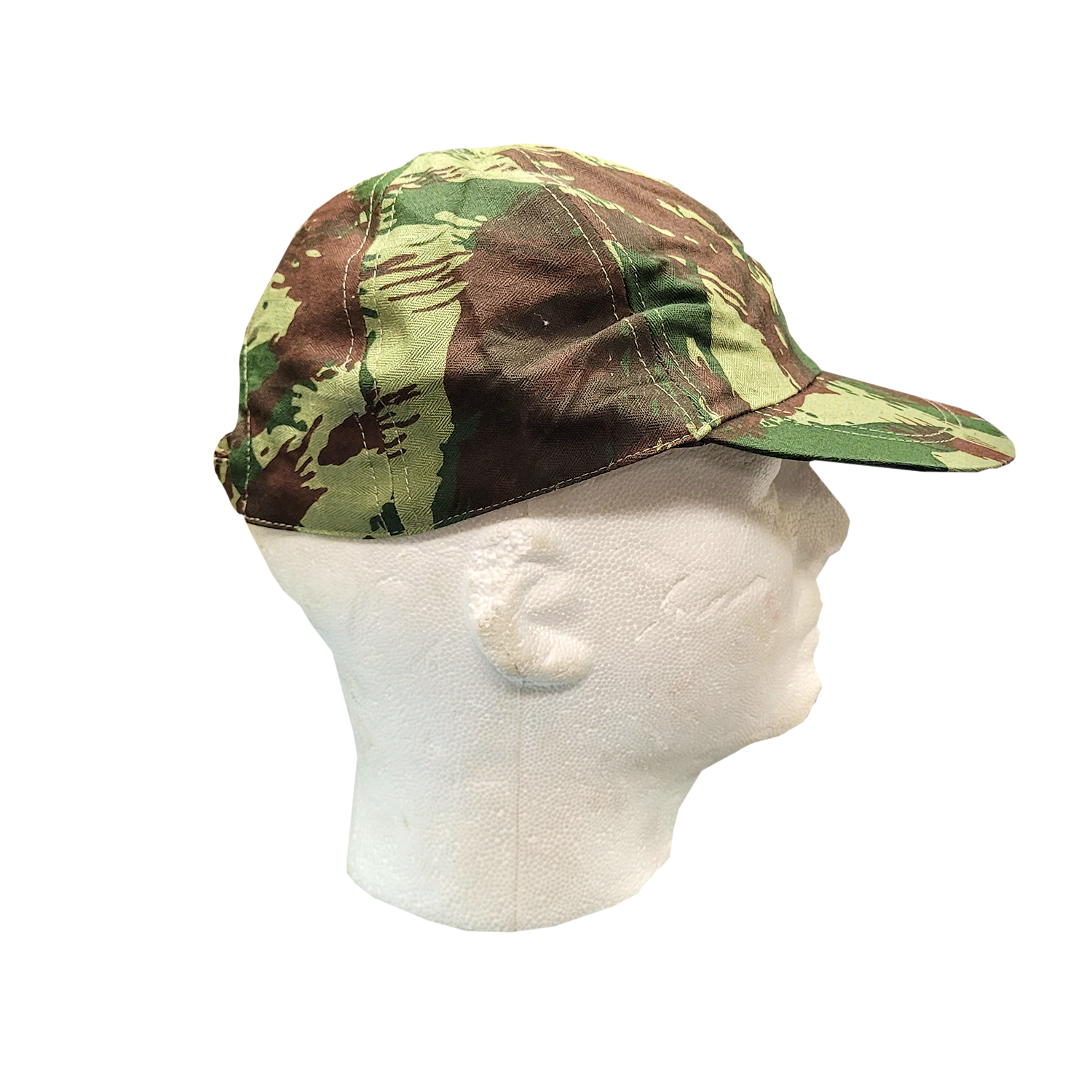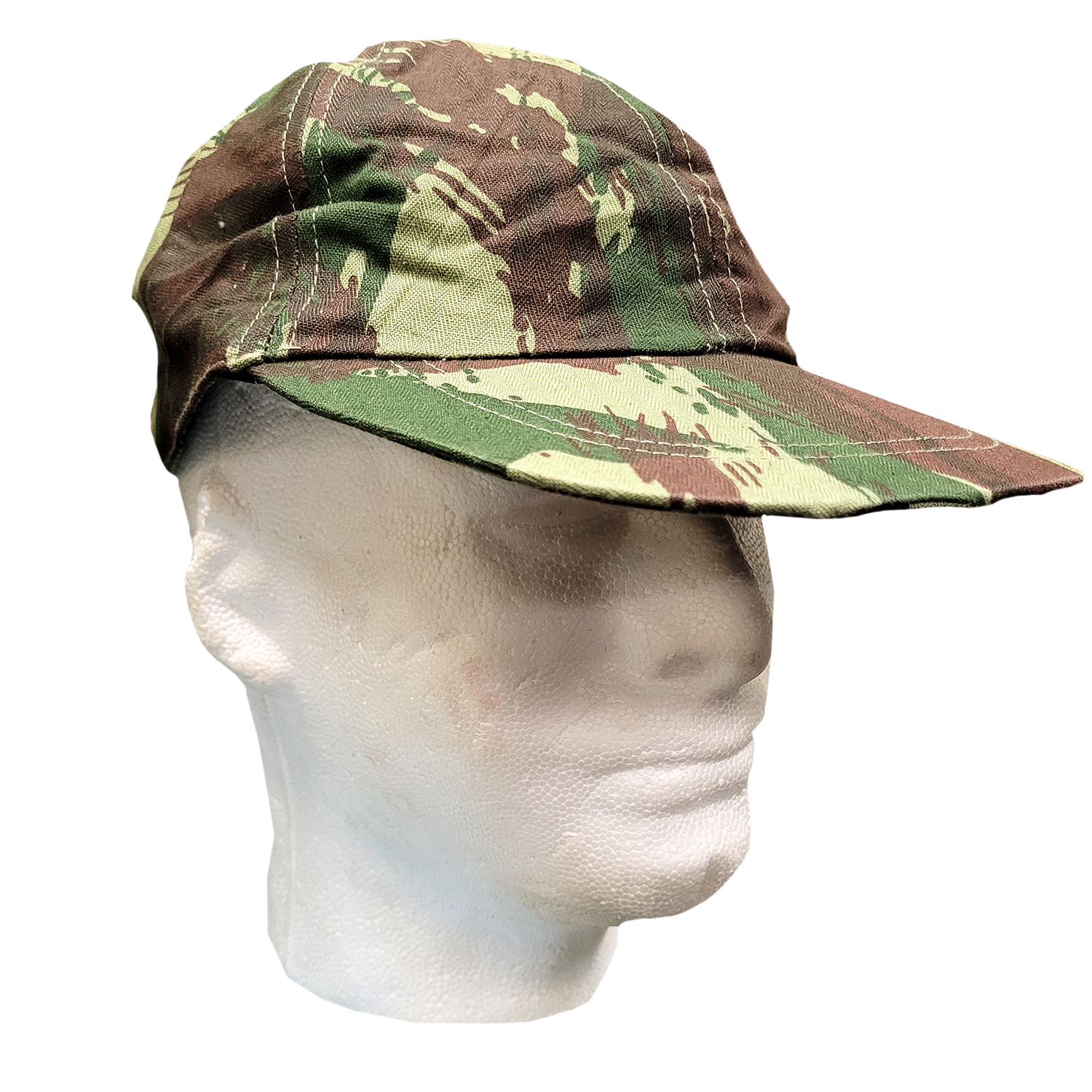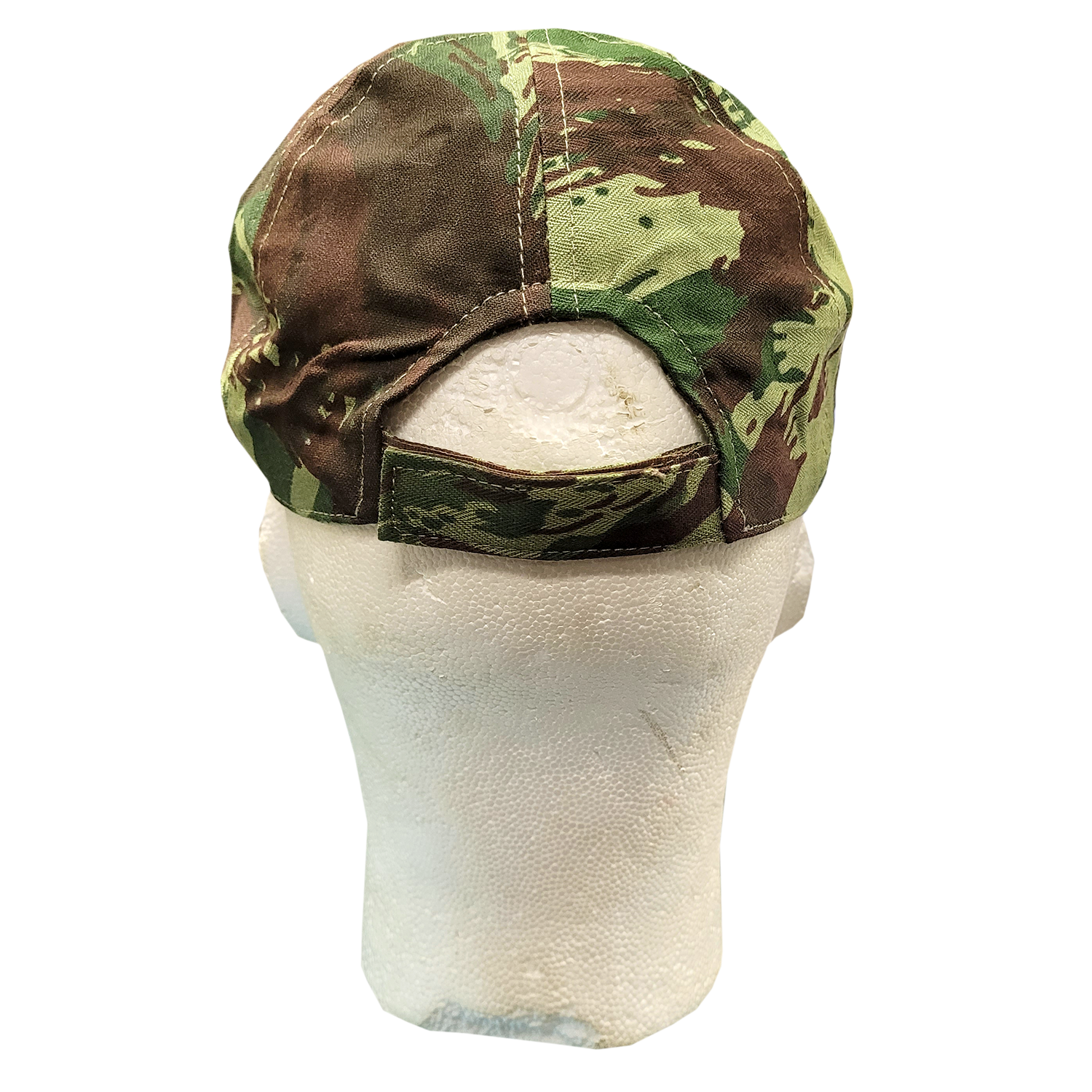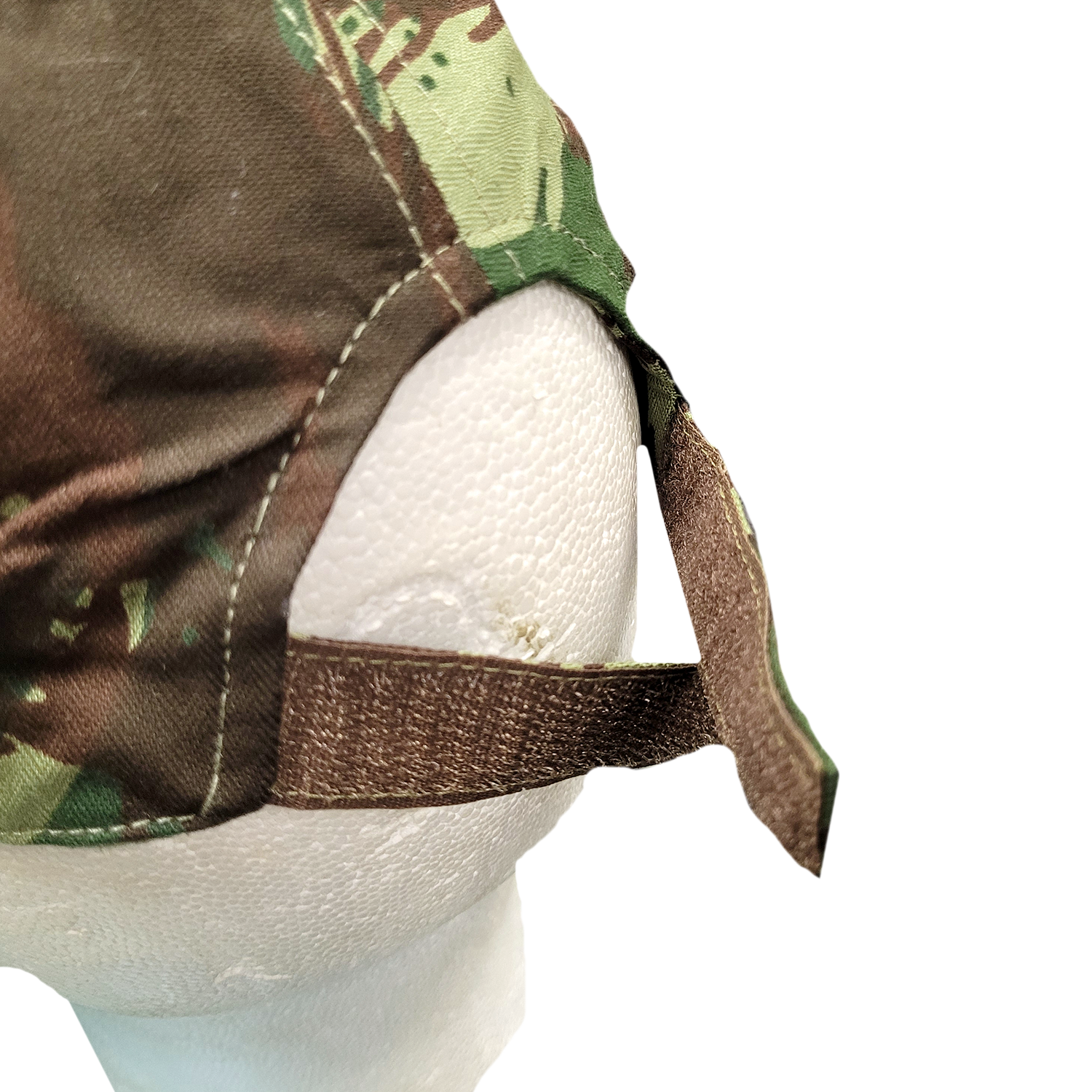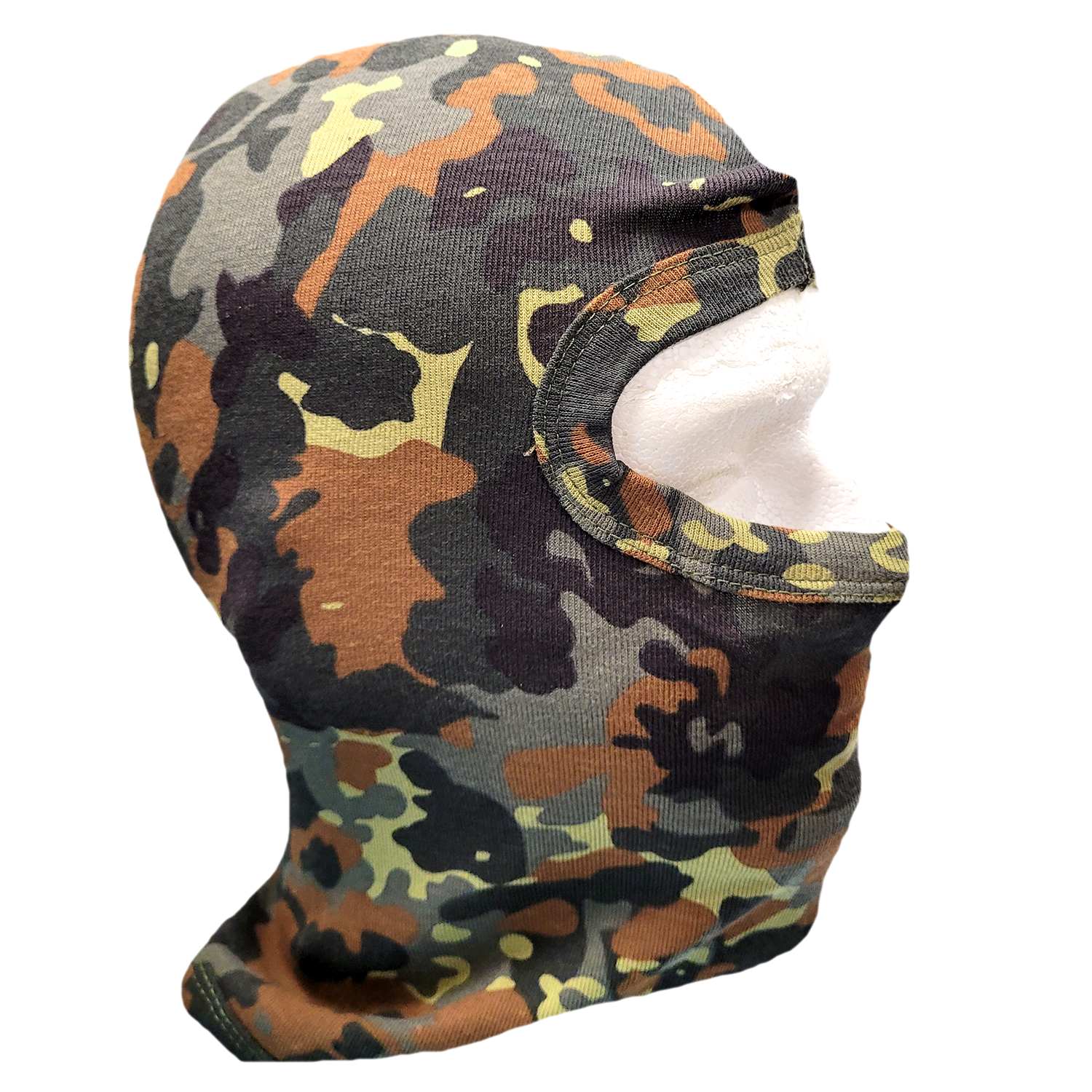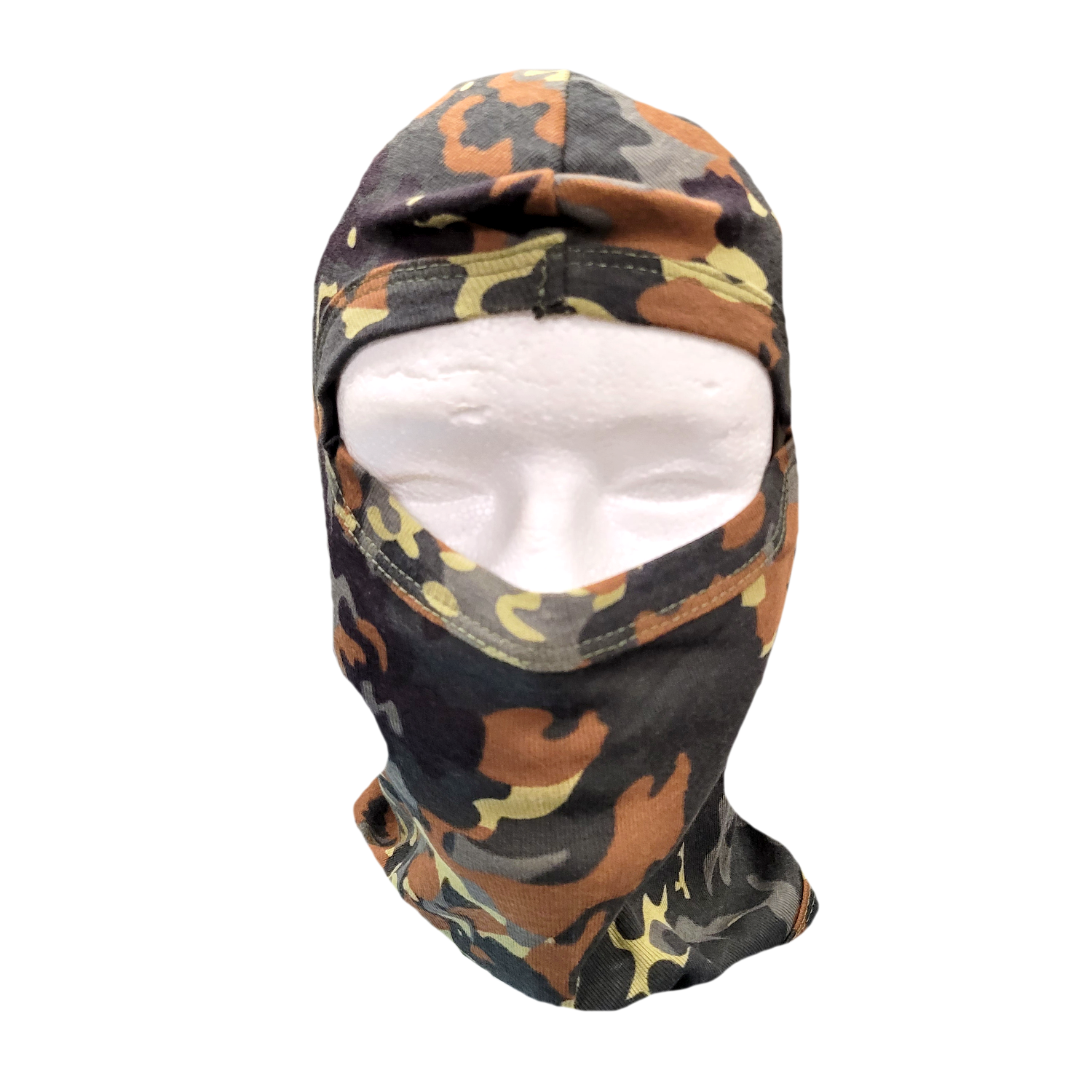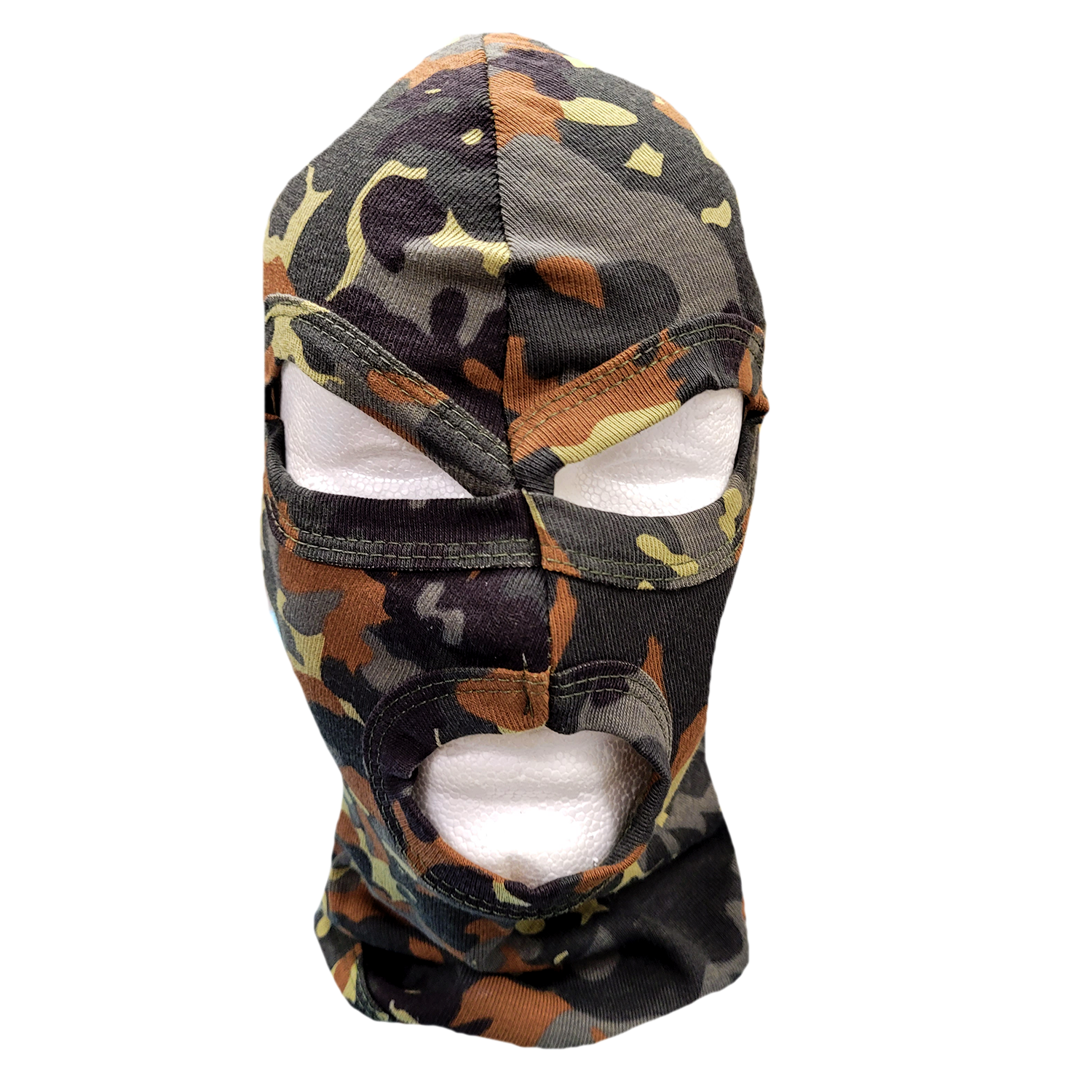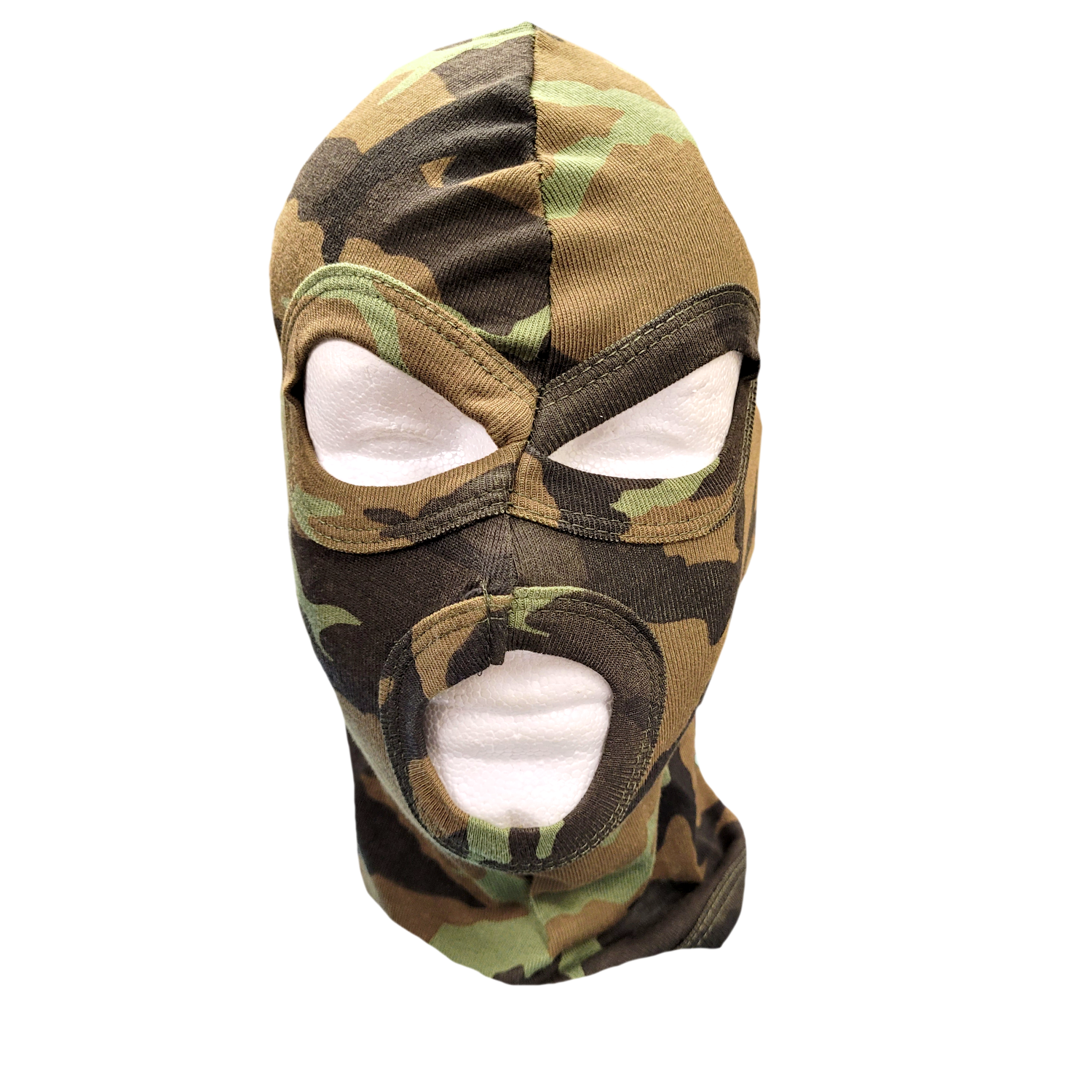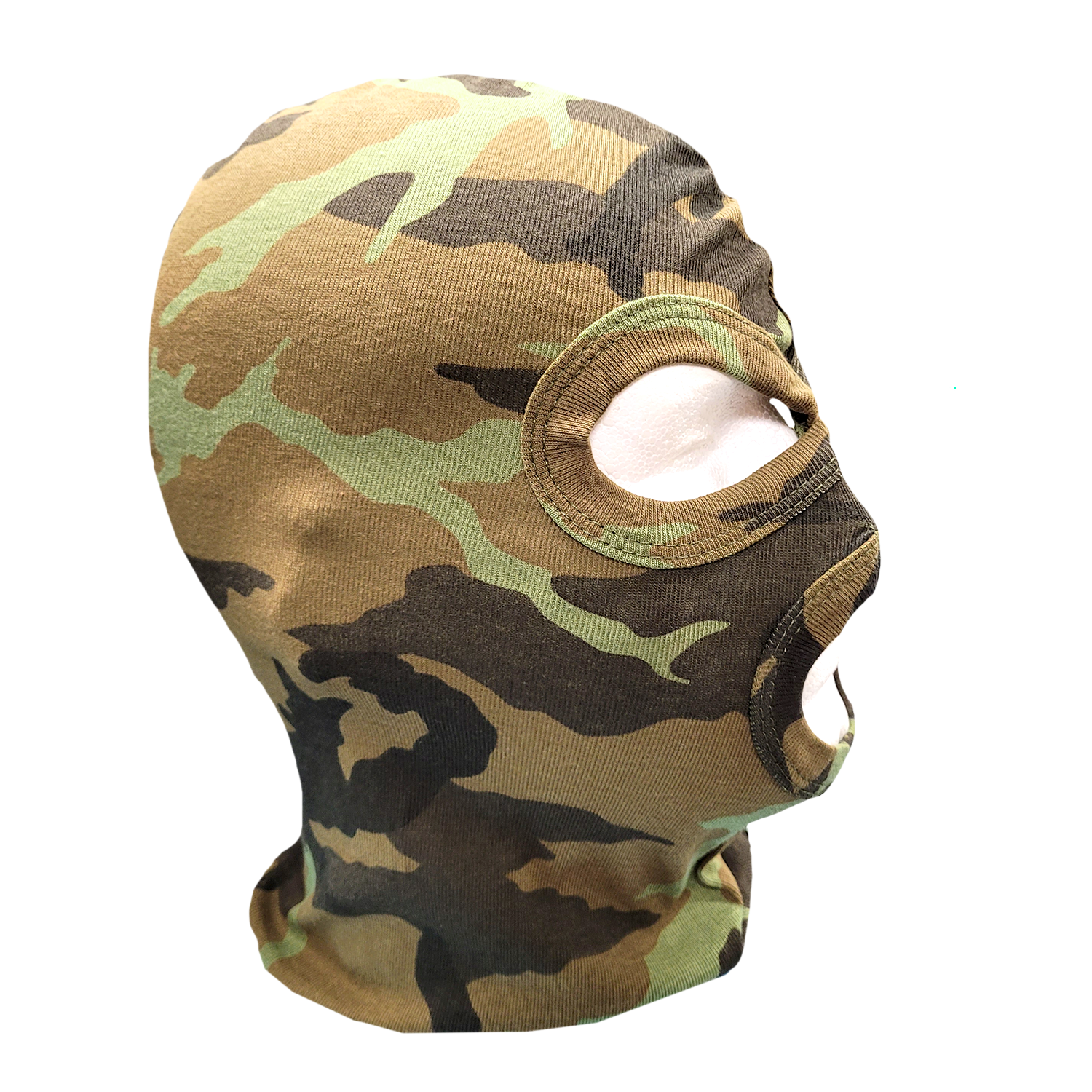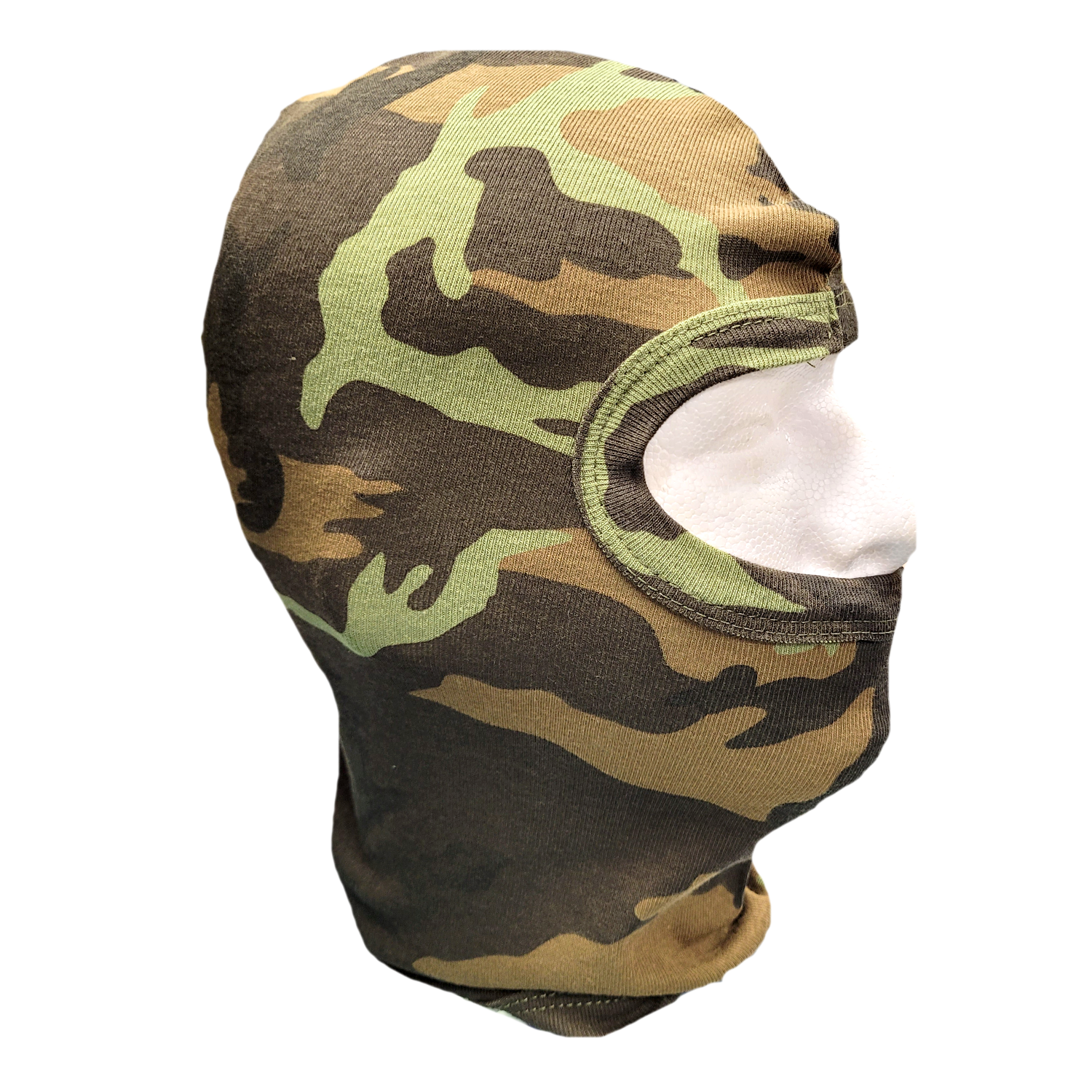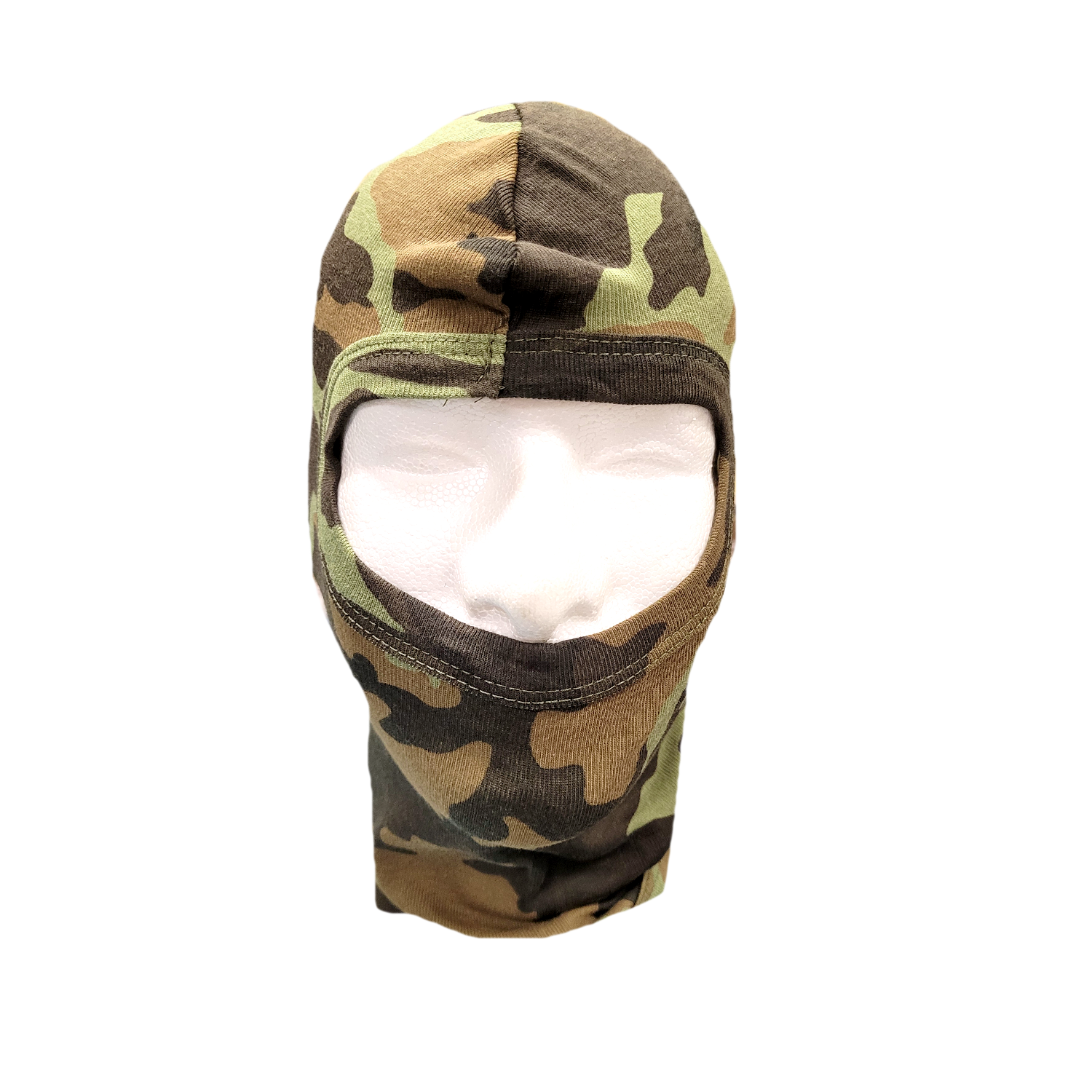 Image 1 of 5
Image 1 of 5

 Image 2 of 5
Image 2 of 5

 Image 3 of 5
Image 3 of 5

 Image 4 of 5
Image 4 of 5

 Image 5 of 5
Image 5 of 5






Fireforce Ventures Rhodesian Brushstroke Operator Cap
A Rhodesian Classic, now available for everyday use!
The Rhodesian Brushstroke pattern is legendary, from it's inception during the Rhodesian Bush War, to later service throughout Africa, a variant to this day remains the standard camouflage pattern of the Zimbabwe National Army. The pattern itself originates from the need of the Southern Rhodesian military to replace it's aging supply of olive and khaki drill uniforms in the early 1960s. Development began with the David Whitehead Textiles production facility in Salisbury, with designer Diana Cameron creating what would become the 1st and 2nd patterns of what would become known as "Rhodesian Brushstroke". Taking huge inspiration from earlier British Denison colours and styles, the 1st pattern was somewhat muted with an overall tan hue and relatively little contrast. Further utilizing the greens of the contemporary Portuguese and French Lizard patterns, and finalized 2nd pattern was developed.
The result was a camouflage scheme with a sharp contrast that ingeniously simulated natural colours of the bush and remained effective even as the intense African sun faded the overall pattern. The incredible "2nd Pattern, Rhodesian Brushstroke" was quickly adopted at the time of the Rhodesian Unilateral Declaration of Independence in 1965. Beginning with the issue of distinctively British garments styled off of older "Khaki Drill" and "Battle Dress" uniforms, Rhodesian Army issue garments evolved to become simpler to produce and more utilitarian. As the Rhodesian Bush War ramped up through the 1970s, the garments and accompanying equipment were outsourced by a wide variety of home grown Rhodesian companies including City Clothing Factory, Ferera, John Rowett & Sons, Statesman, Paramount, Trako, and many others. The garments featured John Whitehead produced fabrics, or in-house produced fabrics featuring the exact same shapes of the original 2nd pattern prints with slight changes to individual colours. This was also accompanied by the production of various "knock-off" aftermarket patterns by companies such as Monogram, or Lord Kitchener, that individual servicemen could purchase to supplement their supply of official army issue Rhodesian Brushstroke.
Tens of thousands of "2nd Pattern, Rhodesian Brushstroke" garments were produced during the course of the Rhodesian Bush War and into the early 1980s, and were reissued out to the Zimbabwean National Army. Individual ex-Rhodesians also exported or otherwise smuggled out a large number of Rhodesian Brushstroke garments that saw continued military service or were otherwise repurposed as recreational garments. A small number of original and defective prints survive the end of the Bush War, where many were exported to neighbouring South Africa and possibly even as far as Spain, where most were used as the basis for relatively shoddy Adro-Adler or Sacan reproduction patterns. These reproductions have mixed into the availability of Rhodesian Brushstroke into the 21st century, along with the ever fewer numbers of prized original examples.
A legendary vintage in a modern cut, this is our bread and butter here at Fireforce Ventures and Misty Mountain Supply. These modern cut tactical operator hats feature a 50/50 cotton-poly ripstop blend. This hat is an absolute must-have for your next adventure in the boonies!
Features:
50% cotton and 50% polyester rip-stop construction
Extremely lightweight construction, weighing in at only 2.6 oz or 79 grams
Front velcro panel
Rear velcro name tape panel
Top velcro IR panel
Rear adjustment velcro strap w/ external hook velcro hook paneling
Reinforced internal seams and construction for longevity
Fully adjustable, one size fit all!
A Rhodesian Classic, now available for everyday use!
The Rhodesian Brushstroke pattern is legendary, from it's inception during the Rhodesian Bush War, to later service throughout Africa, a variant to this day remains the standard camouflage pattern of the Zimbabwe National Army. The pattern itself originates from the need of the Southern Rhodesian military to replace it's aging supply of olive and khaki drill uniforms in the early 1960s. Development began with the David Whitehead Textiles production facility in Salisbury, with designer Diana Cameron creating what would become the 1st and 2nd patterns of what would become known as "Rhodesian Brushstroke". Taking huge inspiration from earlier British Denison colours and styles, the 1st pattern was somewhat muted with an overall tan hue and relatively little contrast. Further utilizing the greens of the contemporary Portuguese and French Lizard patterns, and finalized 2nd pattern was developed.
The result was a camouflage scheme with a sharp contrast that ingeniously simulated natural colours of the bush and remained effective even as the intense African sun faded the overall pattern. The incredible "2nd Pattern, Rhodesian Brushstroke" was quickly adopted at the time of the Rhodesian Unilateral Declaration of Independence in 1965. Beginning with the issue of distinctively British garments styled off of older "Khaki Drill" and "Battle Dress" uniforms, Rhodesian Army issue garments evolved to become simpler to produce and more utilitarian. As the Rhodesian Bush War ramped up through the 1970s, the garments and accompanying equipment were outsourced by a wide variety of home grown Rhodesian companies including City Clothing Factory, Ferera, John Rowett & Sons, Statesman, Paramount, Trako, and many others. The garments featured John Whitehead produced fabrics, or in-house produced fabrics featuring the exact same shapes of the original 2nd pattern prints with slight changes to individual colours. This was also accompanied by the production of various "knock-off" aftermarket patterns by companies such as Monogram, or Lord Kitchener, that individual servicemen could purchase to supplement their supply of official army issue Rhodesian Brushstroke.
Tens of thousands of "2nd Pattern, Rhodesian Brushstroke" garments were produced during the course of the Rhodesian Bush War and into the early 1980s, and were reissued out to the Zimbabwean National Army. Individual ex-Rhodesians also exported or otherwise smuggled out a large number of Rhodesian Brushstroke garments that saw continued military service or were otherwise repurposed as recreational garments. A small number of original and defective prints survive the end of the Bush War, where many were exported to neighbouring South Africa and possibly even as far as Spain, where most were used as the basis for relatively shoddy Adro-Adler or Sacan reproduction patterns. These reproductions have mixed into the availability of Rhodesian Brushstroke into the 21st century, along with the ever fewer numbers of prized original examples.
A legendary vintage in a modern cut, this is our bread and butter here at Fireforce Ventures and Misty Mountain Supply. These modern cut tactical operator hats feature a 50/50 cotton-poly ripstop blend. This hat is an absolute must-have for your next adventure in the boonies!
Features:
50% cotton and 50% polyester rip-stop construction
Extremely lightweight construction, weighing in at only 2.6 oz or 79 grams
Front velcro panel
Rear velcro name tape panel
Top velcro IR panel
Rear adjustment velcro strap w/ external hook velcro hook paneling
Reinforced internal seams and construction for longevity
Fully adjustable, one size fit all!
